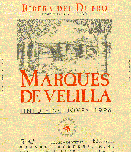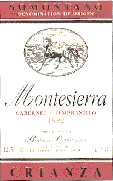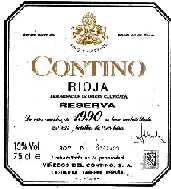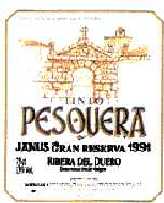
Joven
These wines are harvested in one year and sold the next, with little or no time spent in cask. These are light, fruity wines made for immediate drinking.
Crianza

Crianza
These wines must spend a minimum of six months in cask and two full calendar years undergoing crianza (raising or rearing).
Reserva

Reserva
These wines must spend a minimum of three calendar years in development, of which at least one must be in oak and one must be in bottle. In practice, however, most of the best growers age their wines for far longer than the legal minimum.

Gran Reserva
These wines are made only in the finest vintages or from the best grapes in good vintages and spend at least five years in the cellar, of which at least two must be in cask and at least three in bottle. Thus, the 2000 harvest will spend 2001 and 2002 in cask, 2003 to 2005 in bottle, and be offered for sale on January 1, 2006. Again, most gran reserva wines tend to be much older than this example suggests.